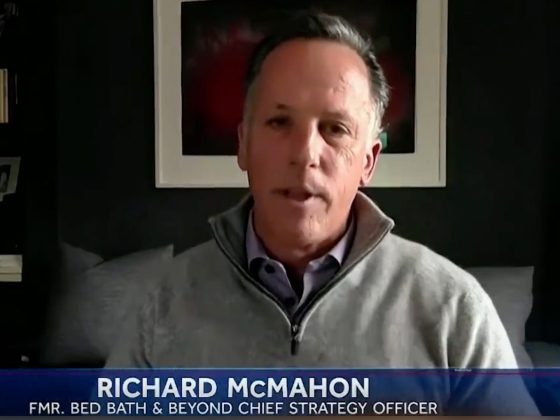Technology roadmaps often become expensive wish lists that gather dust after quarterly planning sessions. Companies spend months building elaborate tech strategies, only to watch them fail when reality hits. Harrison Allen Lewis, Founding Partner at Jacob Meadow Associates, a business IT consulting firm, sees this problem everywhere. His approach challenges the conventional wisdom about how technology should support business growth.
Flipping the Script on Technology Strategy
Most business leaders treat technology as the answer to their growth problems. He sees it differently. “Technology is not the strategy. But in today’s world, it’s often the key enabler of strategy,” he explains. This distinction matters more than most executives realize, especially when companies pour millions into tech initiatives that never deliver measurable results. The real problem runs deeper than bad software choices. “Too many companies are still building tech roadmaps in isolation, focusing on tools instead of outcomes,” Harrison points out. This backwards approach explains why so many digital transformation projects end up as expensive lessons in what not to do. “If you want technology to fuel growth, that approach just won’t cut it.”
Start With Strategy, Not Software
Walk into most technology planning meetings and you’ll see the same mistake. Companies start by looking at what software is available, then try to figure out how it fits their business. His team does the opposite, which catches clients off guard. “Most roadmaps are built backwards. They start with platforms, systems, and vendor demos, then try to force-fit those into business needs,” he says. His approach flips that completely. “We begin by asking, what does growth mean for your business? It might be entering new markets, reducing churn, improving time-to-revenue, or expanding your digital footprint.” When you start with business goals, technology decisions get easier. “Once that’s clear, the roadmap becomes a tool to enable those outcomes, not just another IT wishlist,” Harrison notes. No more buying software because it looks cool in a demo.
Align Every Initiative to Business Value
Building around strategy is just step one. Next comes the hard part: making sure every technology project actually delivers value. Most companies assume new technology automatically means better results. He challenges that thinking. “Tech alone doesn’t create ROI, alignment does,” he says. His team puts every project through a simple test. “Every initiative on your roadmap should answer three questions: What problem are we solving? Can we measure the benefit? How does this move us closer to our strategic goals?” Projects that can’t answer these questions get cut. “If the answer is vague or if the business case is weak, it shouldn’t be on the roadmap,” Harrison states. This saves companies from chasing technology trends that don’t help their business. “A solid roadmap isn’t just about saying IT supports the business. It’s a shared contract between business and tech leaders with measurable value behind every investment.”
Govern It Like a Living Framework
Even great roadmaps fail without proper management. Too many companies treat these plans like annual budgets that get locked away until next year. Harrison takes a different approach. “A roadmap isn’t a PDF you file away after the quarterly planning session. It’s dynamic. It evolves as the business evolves,” he explains. His team built a system to keep roadmaps current. “At Jacob Meadow, we use a five-step framework we call DAAEG: Define, Assess, Align, Execute, and Govern. This isn’t just project management, it’s a discipline that connects your current capabilities to future ambitions.” Data management plays a big role in this process. “A key part of that is governing your data, not just managing it,” he emphasizes. With AI and analytics everywhere, this matters more than ever. “Because in an age of AI, analytics, and compliance, data without governance isn’t an asset. It’s a liability.”
Good technology roadmaps do more than justify IT spending. They help businesses make better decisions while staying flexible enough to adapt when things change. Harrison sees this flexibility as crucial for staying competitive. “At the end of the day, a tech roadmap isn’t about justifying IT spend. It’s about guiding business progress with clarity, accountability, and agility,” he explains. The best companies treat roadmaps as tools, not rules. “The best companies don’t treat their roadmaps as fixed plans. They treat them as living systems designed to flex, adapt, and deliver value as the business grows.” This creates technology that grows with the business instead of holding it back. “That’s how you build technology that doesn’t just support growth, it enables it,” he concludes.
Follow Harrison Allen Lewis on LinkedIn for sharp, strategy-first insights that make technology a true business enabler—not just a cost center.










